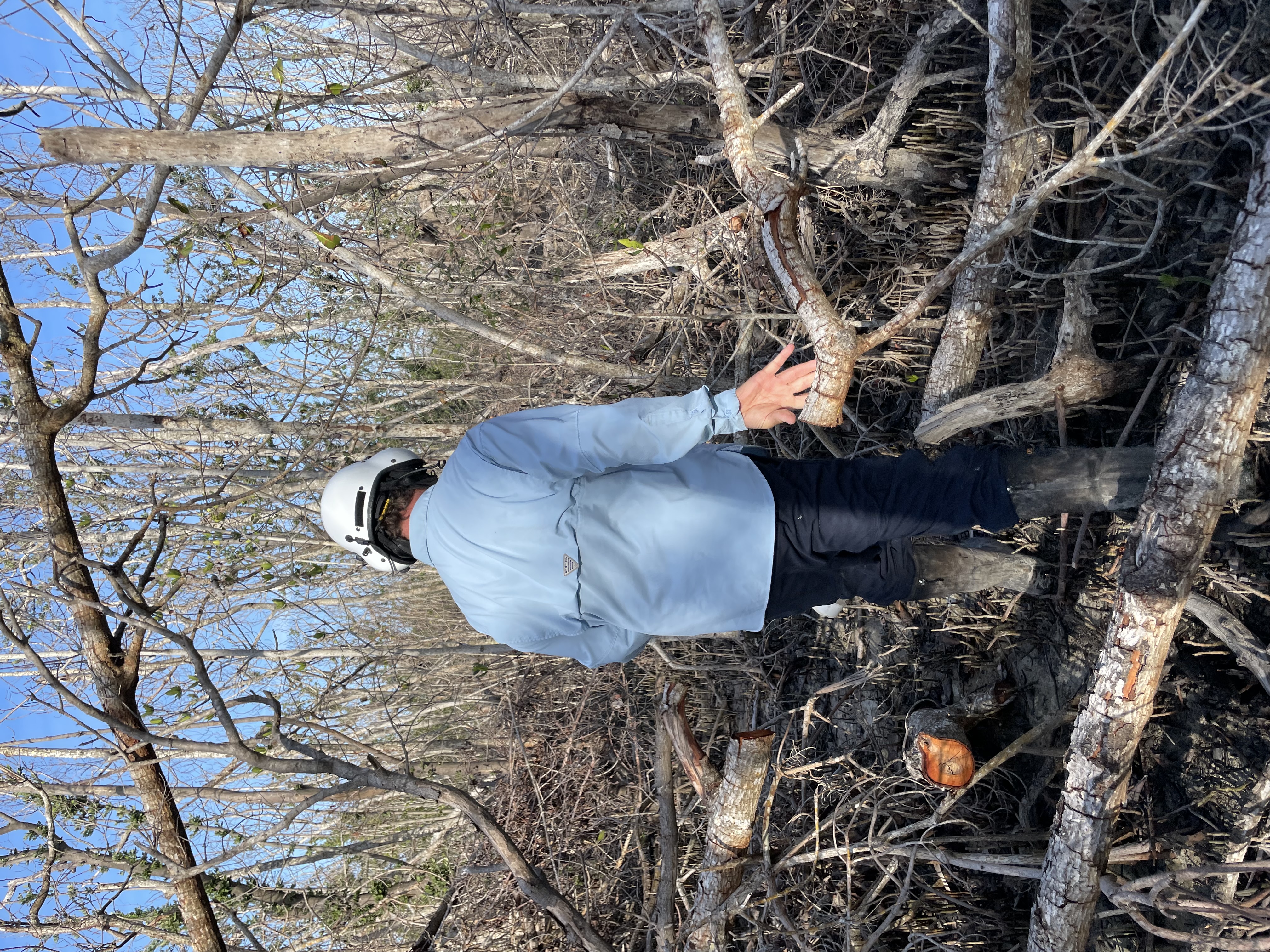Our Mission Is To Protect Public Health.

The basis for any mosquito control operation is surveillance, and this is a daily procedure at the Lee County Mosquito Control District.
Aerial inspectors travel to the most remote areas of the county via helicopter to check salt marsh habitats for mosquito breeding. Ground inspectors look for breeding habitats throughout the county and respond to service requests from citizens. In addition, trap trucks go out each evening during peak mosquito season, surveying the entire county for adult mosquito activity and measuring rainfall levels. The result of these surveys are used to determine when and where to concentrate control activities.
The District uses a variety of biological, mechanical, and chemical control techniques to reduce mosquito populations. Materials that are used to control mosquito larvae are called larvicides, and materials applied to control adult mosquitoes are called adulticides. All materials used to control mosquitoes have been thoroughly tested as part of the U.S. Environmental Protection Agency registration process and are used according to the product label directions. Larvicides and Adulticides are applied by ground and air using highly sophisticated technology including satellite navigation and global positioning for precision application targeting. Sterile Insect Technology (SIT) is also being developed to reduce the number of Aedes aegypti mosquitoes in neighborhoods in Lee County.
 Mosquito-borne diseases, such as malaria, dengue fever, and yellow fever have plagued humans for thousands of years. Although organized mosquito control in Florida has greatly reduced the incidence of these diseases, the threat still remains for some mosquito transmitted diseases including West Nile virus, Eastern equine encephalitis, St. Louis encephalitis, malaria, dengue fever, Zika virus, and chikungunya virus.
Mosquito-borne diseases, such as malaria, dengue fever, and yellow fever have plagued humans for thousands of years. Although organized mosquito control in Florida has greatly reduced the incidence of these diseases, the threat still remains for some mosquito transmitted diseases including West Nile virus, Eastern equine encephalitis, St. Louis encephalitis, malaria, dengue fever, Zika virus, and chikungunya virus.
The District monitors for arbovirus transmission activity using mosquito pools from trap collections and by using sentinel chicken flocks distributed around the county. When arbovirus transmission of significant threat to human health is detected, that area of the county is thoroughly inspected and treated to eliminate mosquito activity.
